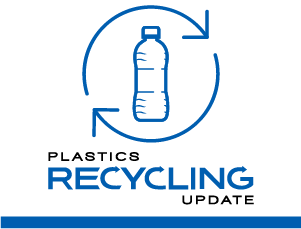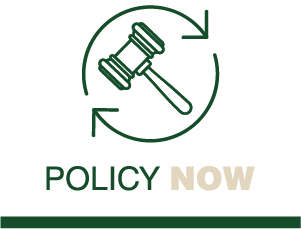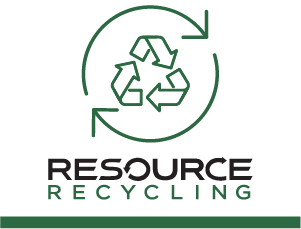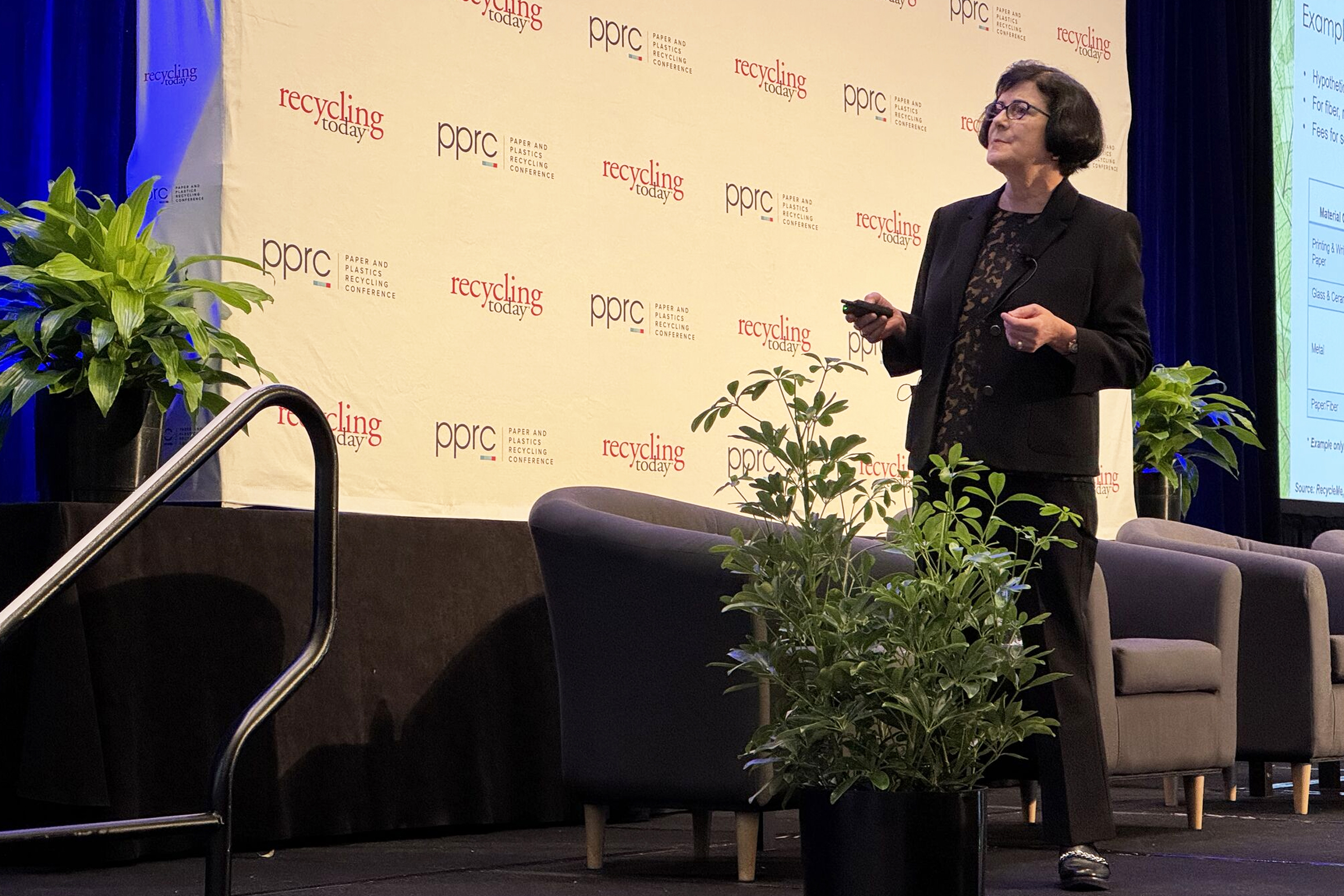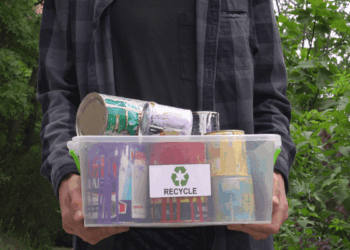At the Paper and Plastics Recycling Conference in Chicago, industry leaders said extended producer responsibility (EPR) programs for packaging are changing how the US handles residential recycling, but warned that uneven state rules will slow the transition.
Moderator Bill Moore, president of Moore and Associates, opened the workshop and framed the stakes for producers, MRFs and mills that are preparing for new reporting and funding flows. He said one core premise of EPR is that the funding model for residential recycling services shifts away from the local level.
“EPR is supposed to fund residential recycling programs, which are currently coming at taxes or fees,” Moore said during the session. “But EPR has a lot of costs associated with it and I suspect there will be a lot of passing on.”
Consultant Susan Cornish walked through where laws stand and how programs work. Seven states have passed packaging EPR, and Oregon is the first mover on implementation, while California, Colorado, Maine, Minnesota, Maryland and Washington are at earlier stages. Several other states, including Illinois, are studying needs or advancing new bills.
“The concept is better circularity for packaging,” Cornish said. Under a typical EPR program, producers must enroll with a producer responsibility organization (PRO), report packaging sold in each state by substrate and form, and pay fees that reflect recyclability, processing cost and the value of recovered material. She said producers should expect significant adjustments in year two as methods and categories are refined by the program operator.
PRO Circular Action Alliance (CAA) manages several EPR programs and is working to harmonize definitions and reporting so companies do not face a different rulebook in every state, she said. She also noted that chemical recycling processes do not count toward post-consumer resin requirements and that composting pathways are included in California and Minnesota legislation.
Dan Gee, also of Moore and Associates, focused on responsible end markets, the qualification standard Oregon adopted for downstream buyers of recyclables under EPR. He said the framework requires legal compliance, chain of custody documentation, a minimum yield and environmental management systems, with self-attestation followed by third-party auditing on a set cycle.
“Oregon’s kind of the pace setter for responsible end markets,” he said. He added that Oregon set a minimum 60% yield for paper mills to qualify, which has raised questions about how proprietary operating data will be handled. He said the operator plans to rely on third-party auditors and aggregated reporting to protect confidentiality while verifying compliance. Early feedback from brokers and one MRF indicated they expect to direct more shipments to REM-approved domestic mills rather than export markets and acknowledged that the real work begins during the first full year of operation.
Moore said EPR can push design change and recovery of hard-to-recycle materials if programs are fine-tuned over time. He emphasized that the early phase will be iterative and that program operators and regulators will need to smooth friction points as they emerge.
After the session, Moore told Resource Recycling that the likely outcome is steady change rather than abrupt transformation. “The upside is that EPR pushes more recycling and pushes more recycling of difficult-to-recycle materials and develops the end markets,” he said. “The issue is really, I think, a complexity, and it’s going to take us some time to get through it. These things are going to be modified over time to make them more effective and efficient.”
He also said that national politics are unlikely to drive near-term outcomes because solid waste and recycling policy is formed at the state level. “The EPA doesn’t really control it,” he said. He added that federal interest has surfaced before but does not appear active at the moment.
Moore said history points toward eventual harmonization once enough states are in motion and producers seek a single framework. “Once a few states pass it, producers say, ‘Give us one federal rule so we can make the same product everywhere.’ That’s the history of all environmental legislation,” he said.
For now, the panelists said the focus is on accurate data, clear chain of custody, and program designs that reward recyclability and verified end-market performance while keeping industry input in view as rules mature.




